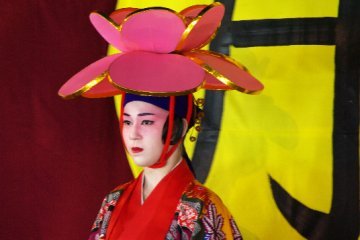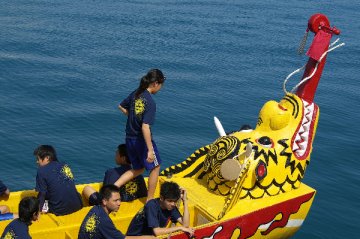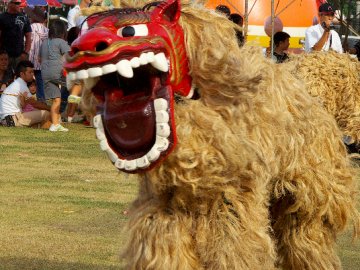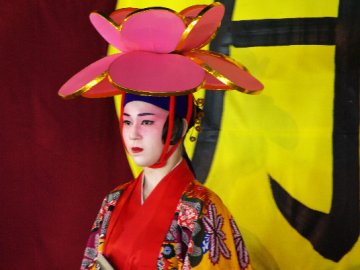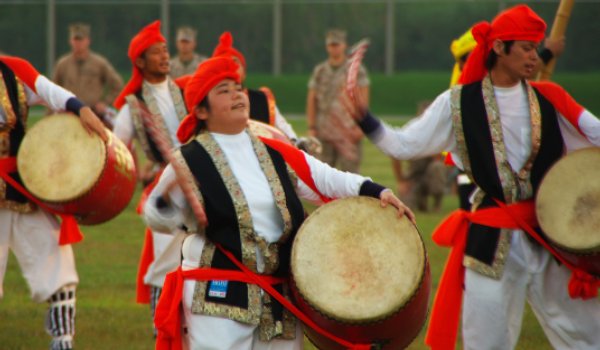
All photos: Ryukyu Mike
1. The Kin Mud Festival
Children celebrate their Spring Break (better known as Golden Week in Japan — late April to early May) at this event in Kin Village. A rice paddy is flooded and everyone frolics in the mud under colorful carp streamers.
